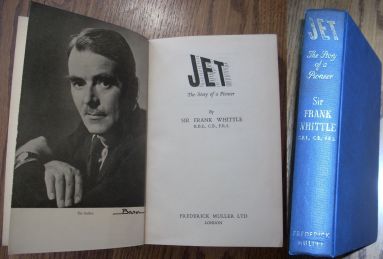
Jet: The Story of a Pioneer
by Sir Frank Whittle
Hardbound, 8.375" x 5.75" x 1.375", 312 pages
Frederick Muller Limited (1953)
Out of Print
Book Reviews 10
 |
Jet: The Story of a Pioneer Hardbound, 8.375" x 5.75" x 1.375", 312 pages Out of Print |
Reviewed by Tom Fey - 15 Jan 2022
Two years before the start of WWII in Europe, Frank Whittle was the first man to design, build, and run a turbojet engine intended to power aircraft, the experimental "Whittle Unit First Model". This opened the jet age on April 12, 1937. Over the next few years, Whittle refined his turbojet producing more experimental Whittle Units until a model evolved that was ready to fly. The Power Jets W.1 took flight in a Gloster E28/39 on May 15, 1941, and the prototype Gloster Meteor twin jet fighter flew on March 5, 1943 using an improved Power Jets W.2.
By April 1944, Power Jets Limited, founded by Whittle in January of 1936, was nationalized, essentially ending Whittle’s direct involvement in jet engine development. Ongoing amongst these milestones were technical challenges, unending British ministerial intrigue, maneuvering for resources, staggeringly ineffectual communication, mental and physical exhaustion, and corporate deceit, all told by the man that bore the yoke of these struggles.
While there is sufficient technical information and anecdotes to hold the interest of the mechanically inclined, the majority of the book is the author explaining in significant and documented detail, the trials and tribulations of navigating the Byzantine world of government and military ministries, corporate titans, and corporate sub-titans, all during war time. It is not a happy story, but I believe it to be an honest story told first hand by the pioneer engineer, flight-rated military officer, and persevering genius that was Sir Frank Whittle.
Several excellent books about Whittle and the dawn of the turbo jet have been published over the years. But if you can find this book, written not too distant from the storied events, it provides the foundation to understand the many facets of the Whittle story told in the books that followed it.
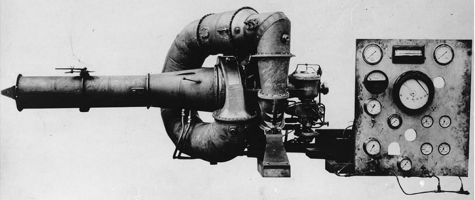 |
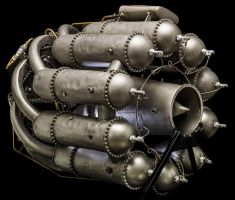 |
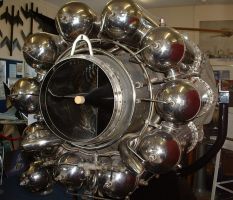 |
| Whittle Unit First Model | Power Jets W.1X | Power Jets W.2/700 |
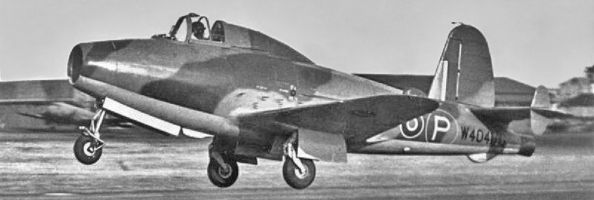 |
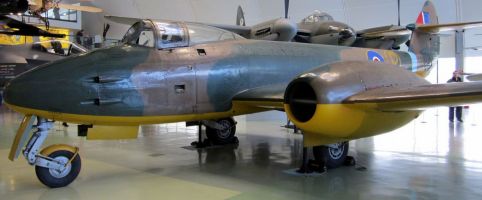 |
| Gloster E28/39 | Gloster Meteor |
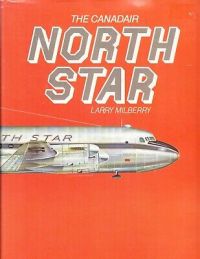 |
The Canadair North Star Hardbound, 8.5" x 11.5", 252 pages |
Reviewed by Tom Fey – 11 Feb 2021
Air racers and restorers of Merlin-powered aircraft often reference the scarcity, strength, and value of “transport Merlin” parts, particularly heads and banks. The Canadair North Star is the transport that used the 620 and 720 series Merlin engines, and thus the reason for my initial interest in the highly modified and pressurized Canadian stepson of the Douglas DC-4.
Author Milberry starts with the post-war need for transports to span the wilds of Canada with speed and efficiency above the weather. He extensively documents the details how Canadair investigated several aircraft to fill this role, and decided upon licensing and highly modifying the DC-4 to meet its needs. Excellent technical information is presented in text and tables explaining the logic and expected economies of the North Star as well as the urgency, costs, and controversy of such an ambitious endeavor. The pilots, business men, politicians, and aeronautical engineers that formed the program are well and interestingly chronicled. It is a masterful blend of technical and first-person story telling.
The aircraft was first flown in July of 1946 and served with Trans-Canada Airways (TCA), BOAC as the “Argonaut”, Canadian Pacific Airways, the Royal Canadian Air Force, and several other operators. In addition to Canadian routes, the North Star flew across the Atlantic, to the Orient, the Caribbean, and Africa.
The Merlins were run hard, and there is much discussion in the book on dealing with the mechanical issues of the transport Merlin, Rolls-Royce warranties, pressurization, the unrelenting noise of the engines, and operational mishaps big and small. There are also wonderful, detailed crew descriptions of long distance flights to exotic locales and the complexities of such operations in the late 1940s/early 1950s.
The writing is excellent, the book heavily loaded with high quality black & white photographs, and there is a wealth of technical and operational detail not often found books of this type. In addition, there is a section of spectacular color photographs of the North Star in various liveries which is only outdone by a gallery of nine outstanding color paintings of the aircraft. And to top it off, there is a 24 x 24 inch folded technical drawing of the TCA DC-4M tucked in a pocket of the rear hardback cover.
I never thought I’d be interested in transport aircraft, but this book changed all that. It is widely available through book resellers and I found my excellent copy with dust jacket for $20.